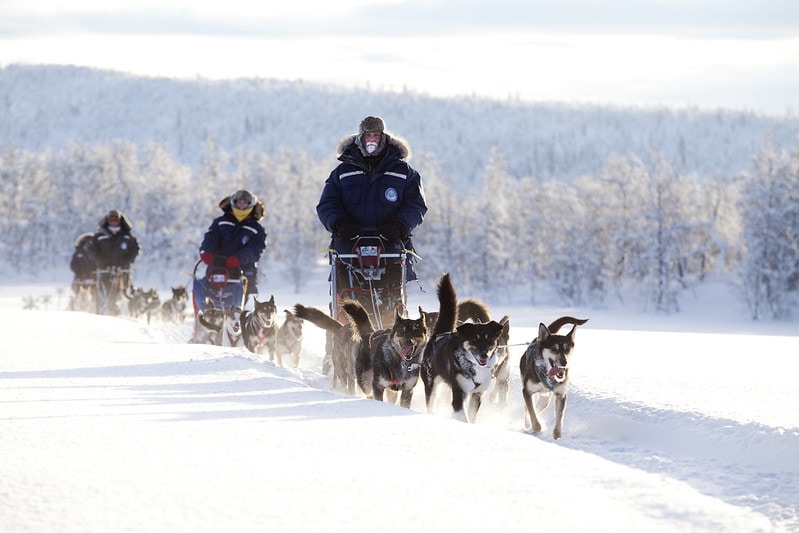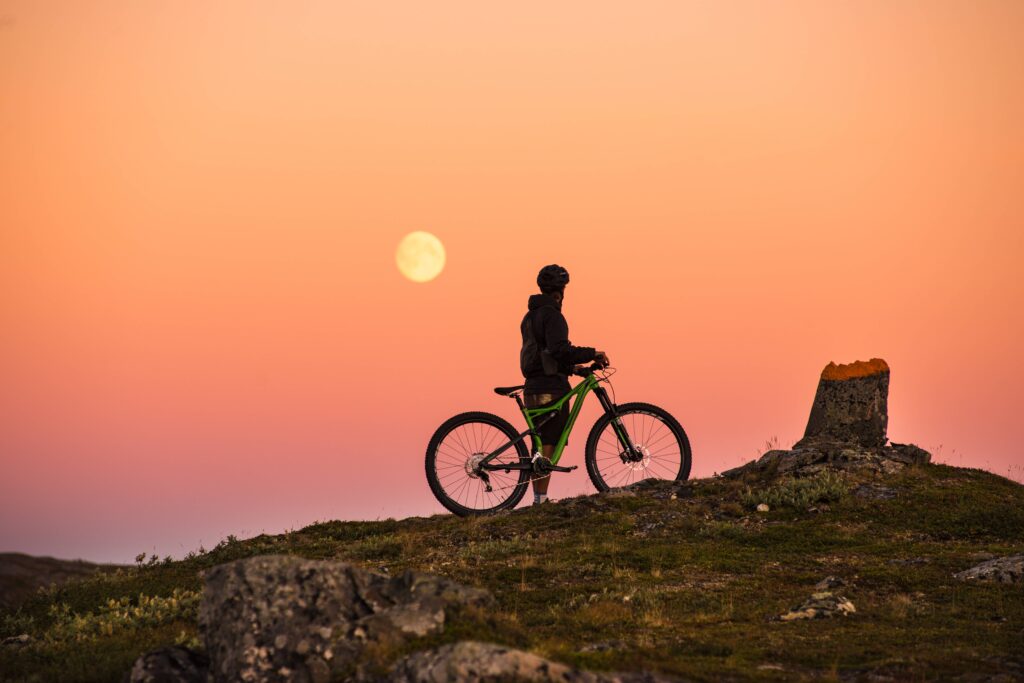
After the Västerbotten regional tourism authority developed its sustainable tourism initiative, it then faced the hurdle of how to get stakeholders on board. Annika Sandstrom, Region Tourism Chief, explains how they not only overcame this challenge, but also encouraged other destinations in the county to commit to better destination stewardship.
Västerbotten Brings Together Stakeholders to Highlight Nature and Culture
The county of Västerbotten, in Northern Sweden, extends from the Gulf of Bothnia west to the Norwegian border and comprises one eighth of Sweden’s total land area. The sprawling county, roughly the size of Denmark, offers “grand mountains, deep forests, mighty rivers, and … sea breezes,” according to Visit Sweden. It has around 250,000 residents and welcomes about two million visitors every year. People come to Västerbotten to enjoy nature and culture. More than 75% of total visitors come from within Sweden, mostly during the summer months.
In 2015, Region Västerbotten Tourism (RVT), which is responsible for regional development and growth in Vasterbotten County, recognized the need for many businesses to have a more sustainable approach. RVT looked to VisitScotland, Scotland’s National Tourist Organization, as to how they have approached sustainable tourism development. RVT was inspired by the way that VisitScotland approached quality and sustainability assessments and star ratings of tourism businesses in a well-developed scheme.

Based on the Scotland model, RVT formed a regional sustainable tourism initiative that was directed to local destination organizations, municipalities, and tourism businesses. The initiative is based on the GSTC Criteria and directly linked to several of the 17 goals in the 2030 Agenda for Sustainable Development.
RVT developed assessments on tourism businesses and organizations based on the GSTC Industry and Destination Criteria, in addition to a few criteria of their own. The team at RVT conducted the assessments. They used the same method to assess municipal offices in order to address development needs in planning, permits, waste management, etc. As an incentive to get tourism businesses to participate, RVT offered those who had been assessed to take part in business and product development, digital skills and marketing knowledge free of charge. These offerings were directly based on needs that were noticed during the assessments.

The Västerbotten Experience
RVT developed an additional incentive called Västerbotten Experience, which is a seal granted to businesses after passing an assessment. Businesses that have received the Västerbotten Experience seal must be role models in environmental considerations, climate-smart solutions, and local responsibility. The business is re-assessed by RVT every two years to maintain the level of sustainability and quality.
This initiative aims to instill a sense of pride for these businesses in their work and their products. It also serves as a platform to communicate the best of Västerbotten’s nature and culture to visitors. The featured experiences encapsulate Västerbotten’s sense of place, lifestyle, and hospitality.
Building the Program
One of RVT’s challenges was how to get all the region’s tourism businesses on board with the Vasterbotten Experience program. In the beginning, only the local DMOs were interested in participating, but eventually several municipalities became interested as well. Many tourism businesses thought it was a pointless effort, so RVT focused on those who did want to take part.

Progress was slow at first, so RVT decided to focus on those early adopters and gave them extra incentives to do more, such as opportunities to go on study trips, feature in special promotions, or be part of a film project. At some point those already involved started to become ambassadors for Västerbotten Experience, incentivizing others to sign on. RVT then decided to involve the local destination organizations even further by educating them in the method of assessing businesses, and this has made them great ambassadors of the Västerbotten Experience as well.

Four Guiding Principles
Sustainability work has become the core of Region Västerbotten Tourism’s mission and has brought together the region’s municipalities, local destination organizations, and the 80-plus tourism businesses that have joined. Several municipalities and destinations have now launched their own sustainability initiatives as well, all with the GSTC Criteria as a starting point.
Thanks to this consensus, four basic principles have been developed on which different actors in Västerbotten can build their activities. The goal is to develop a long-term sustainable hospitality industry which:
- Is good for residents
- Is good for visitors
- Creates jobs and viable businesses; and
- Takes place within the conditions of nature and culture.
By focusing on and the four guiding principles, RVT’s regional tourism strategy has furthered collaboration among regional tourism organizations, local destination organizations, municipalities, and tourism businesses.
What’s Next
The leading politicians in the regional council will formally endorse the Västerbotten Experience strategy in December 2021, underlining the importance of the joint initiative for sustainable tourism.
The next step for RVT is to begin re-assessing all the Västerbotten Experience businesses to make sure that they are still up to date on their sustainability work. The same will be done for the municipalities to encourage them to keep sustainable tourism development in focus.

RVT has recently formed a green team consisting of representatives from all municipalities, from the local destination organizations, and from regional tourism projects. The goal is to identify joint actions that the team can address to further enhance sustainable tourism in Västerbotten. RVT believes that through motivation and education on the benefits of sustainable tourism development the county of Västerbotten can pick up the pace and achieve more together.
By Annika Sandstrom, Region Tourism Chief, Region Västerbotten Tourism.

